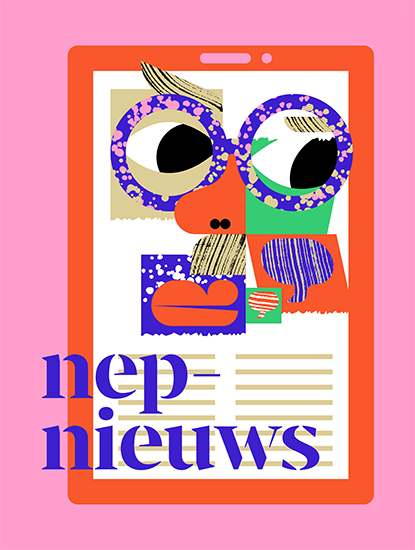Fake news: a definition
Fake news is a term that fits within a larger problem of misleading information. Purposely fabricated news reports are part of that problem, but there are plenty of other types of information that aren’t 100% reliable.
A politician who tries to swing an event to their advantage, a journalist who has misunderstood the conclusion of a scientific study or an advertiser who presents their product more positively than is strictly true: not every type of misleading information can be classed as fake news. That’s why scientists and policymakers prefer to use the wider term ‘disinformation’ over the more limited ‘fake news’.
